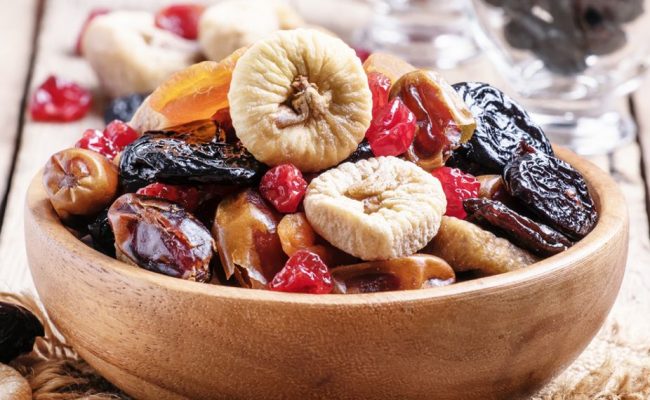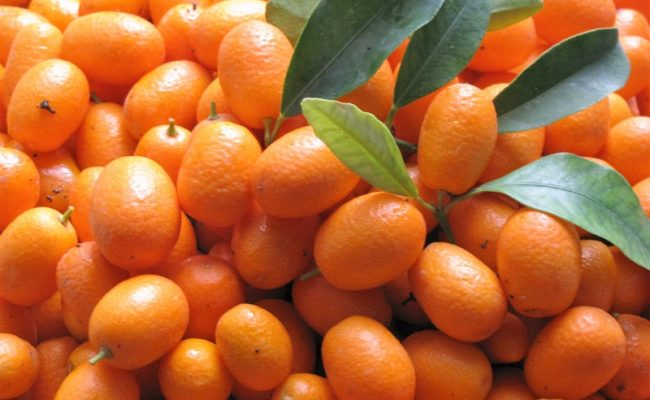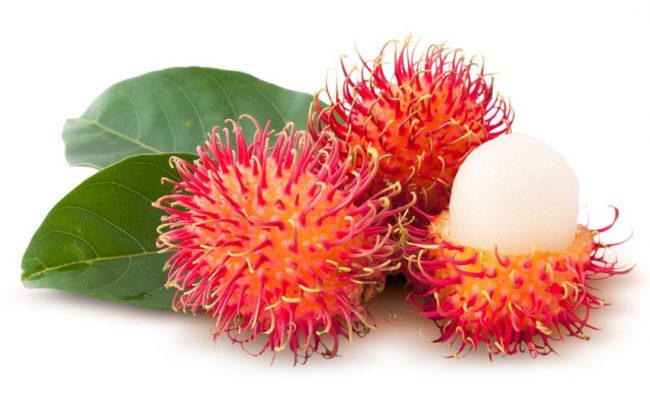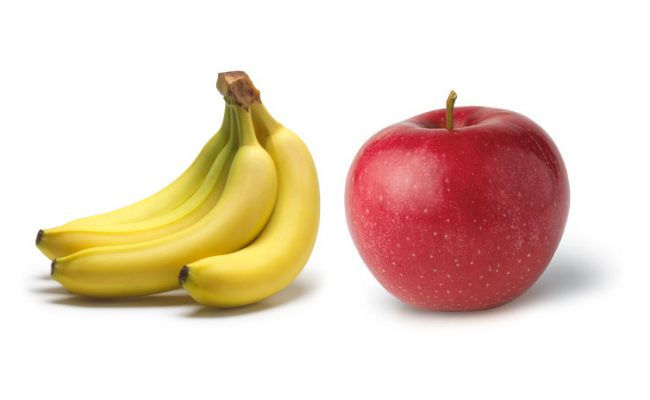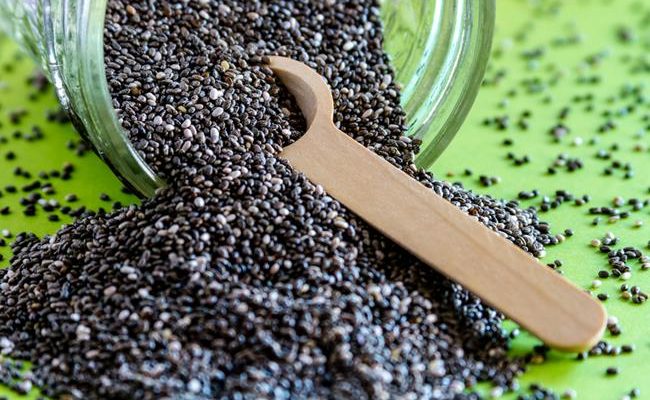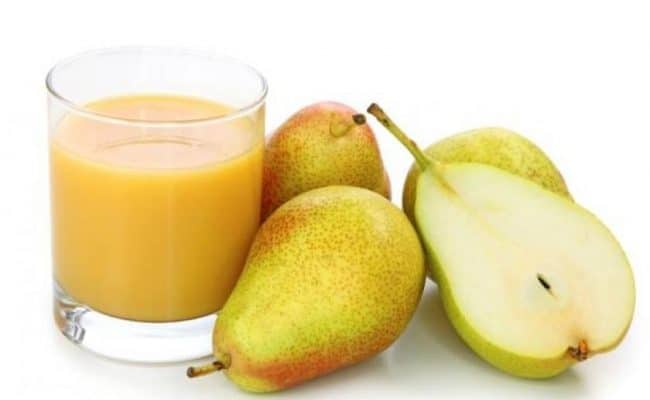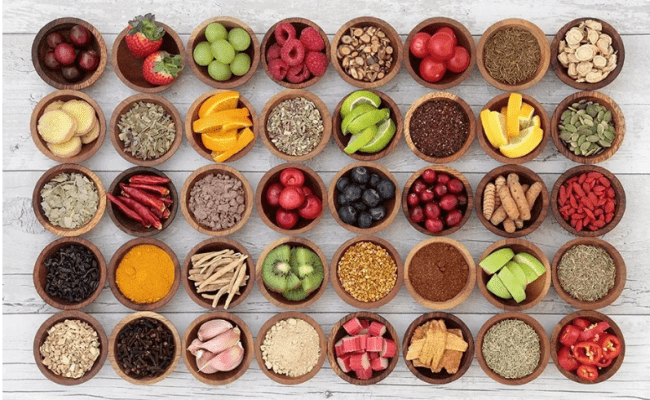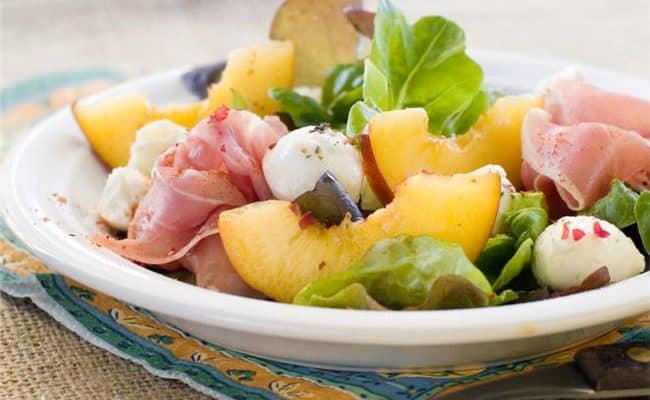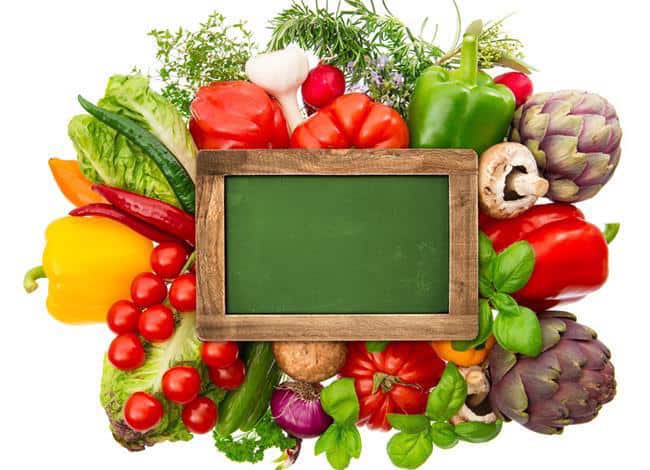
Make your own multivitamin pill in the form of a healthy salad. The added benefits are that it will not only taste good but it will be mouth watering as well.
So how to get started? The thing is we haven’t really met yet. So how can I tell what tastes good to you? I don’t know if you are the lettuce or arugula kind of girl or guy.
And I also don’t know if an eat-your-carrots-childhood-drama is still influencing your adulthood eating habits. So what can we do? Let’s keep it kind of wide open here in regards to recommendations and you pick and choose according to your mood or your fridges contents.
#1- First ingredient of a healthy salad – the greens foundation
First of all we have to cover the bowl with greens. The greens kingdom has more to offer than iceberg salad, which actually ranks lowest in nutritional value. Just to name a few:
- Romaine, red and green leaf lettuce, arugula, butter head, kale, spinach, Swiss chard or mustard greens.
Whatever greens you pick, you can go crazy. Two cups of whatever your favorite green is has very little calories. The darker the leaves the more antioxidants and nutrients it normally has. However, there are some things you might want to consider, especially when you consume large amounts of a “healthy salad”.
Kale
Kale is the teacher’s pet of nutritionists because it is exceptionally rich in nutrients. Kale is a spectacular source of vitamin A and C as well as vitamin K, which is a key nutrient in the inflammatory process of your body.
But…
Kale rises up to all health expectations when it’s slightly steamed. Like broccoli, cauliflower and collards, kale belongs to the family of the wild cabbage. Cruciferous vegetables are great. However eaten raw they can cause gastrointestinal issues, like excessive gas, abdominal discomfort or diarrhea. Also people with low thyroid function should steam the vegetables of the cabbage family since they contain a compound that interferes with thyroid hormone synthesis.
Swiss chard and spinach
Swiss chard and spinach are second and third in the teacher’s pet line. Again, they are both jam packed with vitamin K, A + C and other nutrients.
But…
Raw Swiss chard, spinach and rhubarb are high in oxalic acid. Oxalic acid has the potential to form kidney stones in susceptible individuals and can restrict the absorption of minerals. Boiling Swiss chard and spinach helps reduce the concentration of oxalic acid. However, it increases as the vegetable matures. Therefore baby spinach is likely to have less oxalic acid and can be eaten raw.
Low oxalate greens are lettuce, celery, dandelion, arugula and the cruciferous vegetables like kale, broccoli, bokchoy and cabbage.
Arugula and dandelion greens
These two wonderful greens are not only nutrient-dense but also wonderfully bitter, which stimulates digestion and helps in cleansing the body. In Ayurveda tradition, bitter foods are also believed to reduce food cravings and help in weight loss.
But…
Arugula belongs to the cruciferous vegetables and therefor is on the list of gas-producing foods. However, I find it tastes better uncooked.
#2 – Second ingredient of a healthy salad – add colorful veggies (or some fruit)
Eat the colors of the rainbow from green, red, yellow, orange, purple to white. The more colors your salad has the better. The pigments that give fruits and vegetables their bright colors represent a variety of protective compounds. Think cancer fighting and immune boosting powers combined with healthy fiber, vitamins and minerals.
Didn’t drink enough today? Well then how about catching up with your salad. These veggies contain more than 90% of water:
- Cucumber, celery, radishes, tomatoes, green peppers and strawberries.
Add some crunch
Are you not satisfied until your teeth feel the crunch? These vegetables will make a satisfying crunchy sound:
- Sugar snap peas, cucumber, peppers, carrots, celery, cauliflower, raw onion, radishes, and apples.
Add some sweetness
You have a sweet tooth but no one can understand why you think that chocolate sprinkles on your salad is a brilliant idea? Try these more accepted sweeties:
- Grapes, beets and berries
Add some life-force energy
Sprouts burst with life force. What does that mean? Well you know. A seed can be dormant for a very long time but after watering it, it becomes alive and vibrant. Don’t ask me why or how but during the sprouting process the vitamin and enzyme content in sprouts increases dramatically.
But it doesn’t end with the rich vitamin and enzyme content. Sprouts deliver numerous health benefits. Broccoli sprouts e.g. are an exceptional rich source of glutathione, which is a powerful antioxidant that has been shown to have cancer-fighting properties.
- Alfalfa, broccoli, clover, lentil, radish, sunflower, mustard, onion or mung beans sprouts.
But …
A word of caution: Sprouts are prone to bacterial contamination. Pick your source carefully.
Add some digestive help
Need some help with digestion? Bromelain is a protein-digesting enzyme found in pineapple, papain is found in papaya. By the way, you can eat the seeds of a papaya. A compound in them called carpaine has been shown to kill parasites. Just in case you wondered.
- Pineapple and Papaya
#3 – Third ingredient of a healthy salad – healthy fats
Fat is an essential part of any salad. Fat is needed for the fat-soluble nutrients (vitamin A, D, E and K) to be absorbed by the body. Especially monounsaturated fats like the ones in avocado maximize the absorption of the nutrients in your greens and veggies. (See also: Foods that are good for your digestive system)
In addition, fat slows down digestion and keeps you full longer.
- Avocado, olives, olive oil, tahini, cashews or macadamia nuts
#4 – Fourth ingredient of a healthy salad – protein
Bulk up your salad with protein. This will keep you full longer. Stick as close as you can to the natural state of the meat. With deli meat ask for the least processed. Grilled or pan fried is superior than deep fried and breaded protein.
- Grilled chicken or turkey (4oz), cold water (wild) fish, West-coast shrimp, tenderloin, roast-beef
- Hard boiled organic eggs, organic (soft) cheese
Vegan source of protein
- Broccoli, 1 Tbsp. of nuts and seeds (hemp, pumpkin, sunflower, sesame), ¼ cup of beans or legumes, quinoa, organic tofu and tempeh
#5 – Fifth Ingredient of a healthy salad – the dressing
Here you can show off and prove that you can sort out the sheep from the goats. With your choice of dressing you can turn the healthy salad into a calorie bomb. Anything cream-based is likely to ruin a healthy salad. Vinegar and lemon juice are low in calories.
I like to blend my ¼ avocado with a little apple cider vinegar and water. Then I season it with parsley, raw honey, garlic, onions or spices. You could also use raspberries to make a flavorful dressing. My grandmother always used a little yogurt and mixed it with onions or chives, parsley, salt and pepper and a dash of raw honey.
If you go with the usual suspects, limit yourself to two tablespoons:
- Italian dressing or balsamic vinegar
How to make a healthy salad that tastes good?
The word salad already sounds healthy. However, eating kale three times a day is not the idea of a healthy balanced diet. Salads are so easily prepared according to your preferences that it is a simple and healthy meal.
And in regards to your taste: don’t just stick with the usual suspects because then a salad can become boring very easily. Try all varieties of the salad kingdom and give your taste buds some time to accept the new guy. Happy crunching.
